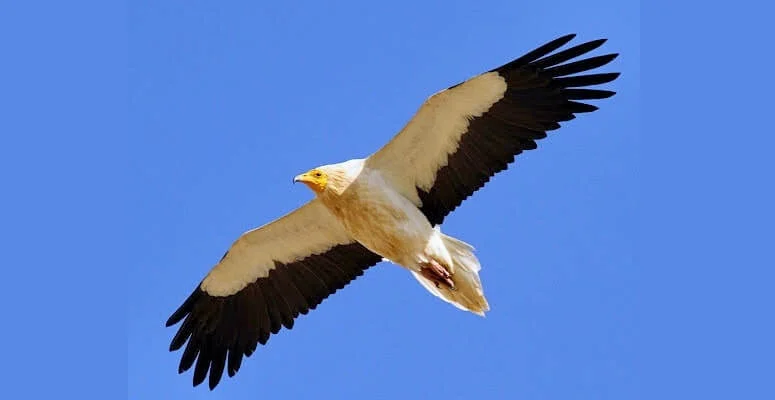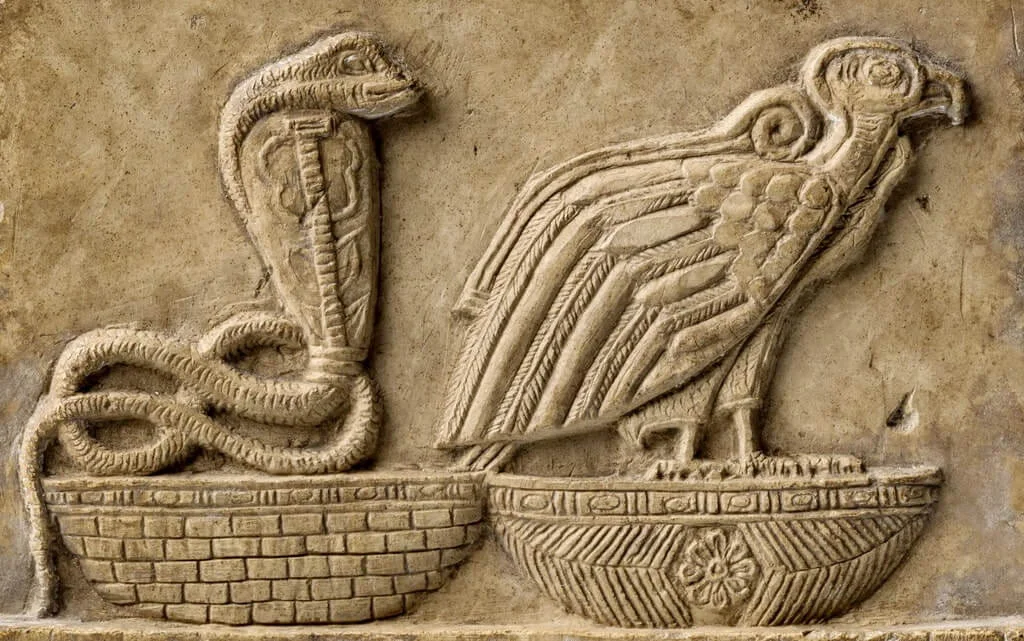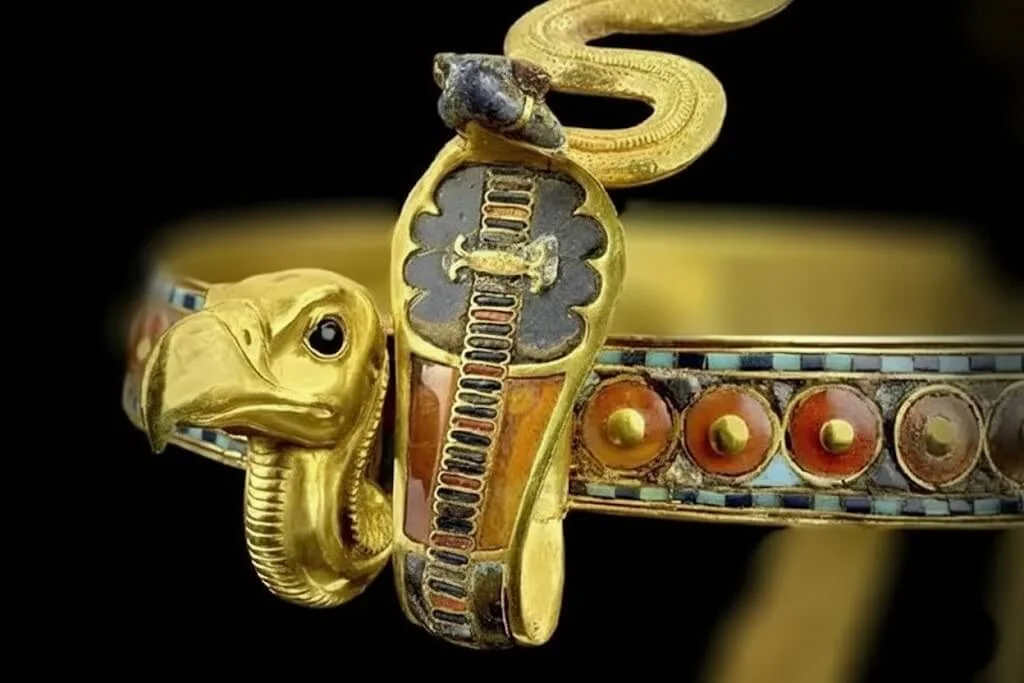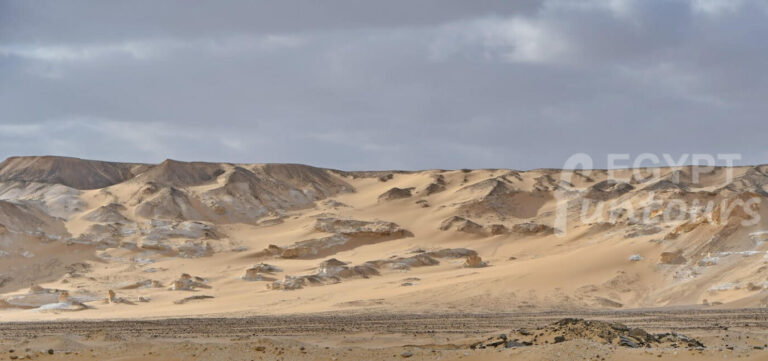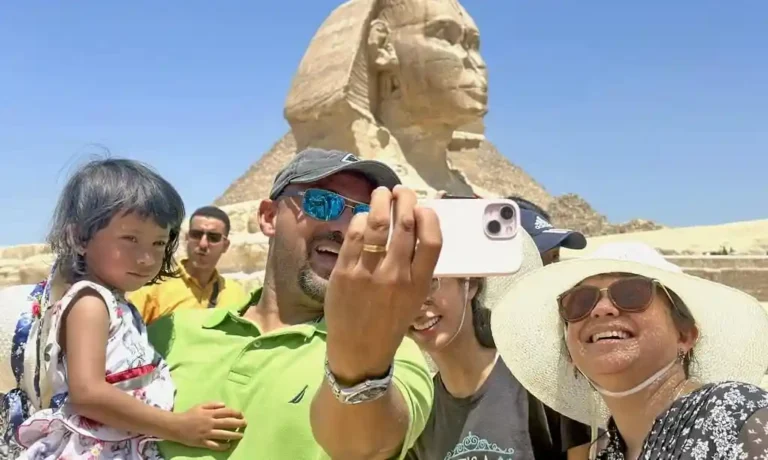Nekhbet: The Vulture Goddess of Ancient Egypt
Nekhbet, the majestic vulture goddess, holds a powerful and enduring place in ancient Egyptian mythology. She was a fierce protector and a nurturing mother figure. Her influence spanned from the pre-dynastic period to the end of pharaonic civilization. Nekhbet’s story is a central part of Egyptian royalty and the unification of the land.

